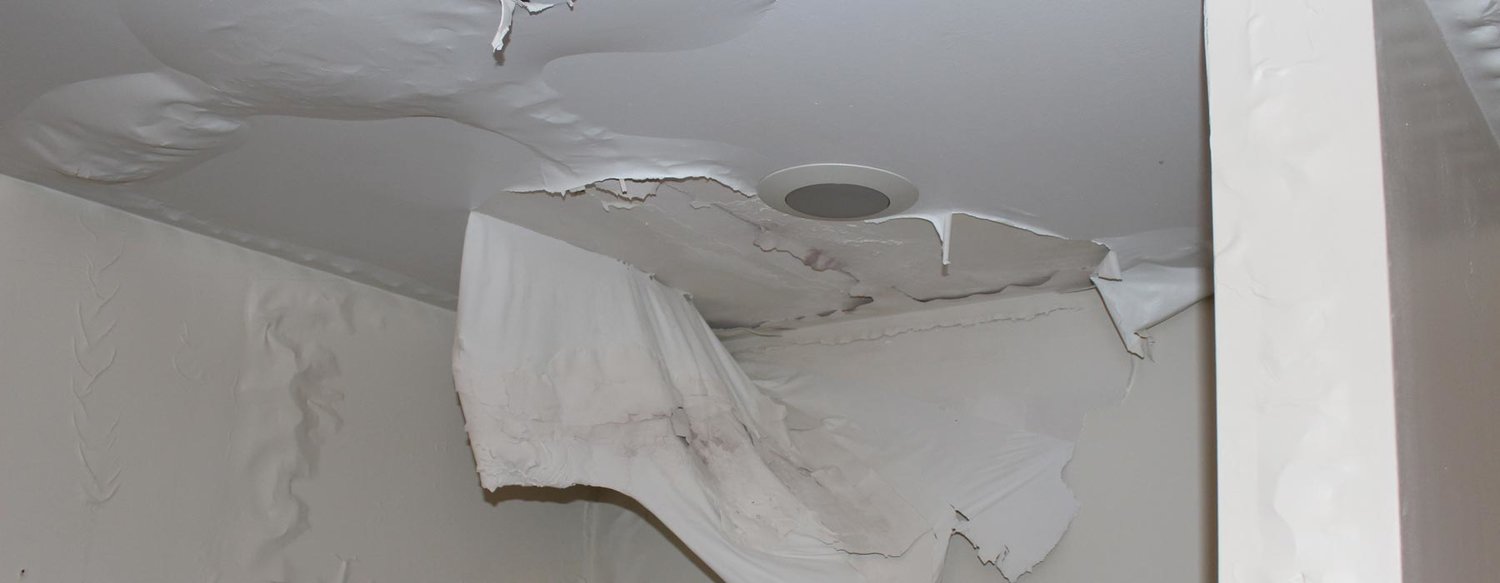Do's and Don'ts Throughout Water Damages Emergency Situations.
Do's and Don'ts Throughout Water Damages Emergency Situations.
Blog Article
Are you looking for suggestions around 5 Home Safety Tips To Reduce The Risk Of Fire And Water Damage?

Water gives life, yet water breach on some parts where it's not expected to be can result in damage and also trouble. If the water leaks into your framework, it can peel away the surface area as well as erode the product's foundation. Mold and mildew and also mold also grow in a wet atmosphere, which can be harmful for your and also your household's health. On top of that, houses with water damages odor old and also moldy.
Water can originate from several resources like typhoons, floods, ruptured pipelines, leaks, and sewer issues. It's far better to have a functioning understanding of safety preventative measures if you have water damage. Below are a few standards on exactly how to handle water damages.
Do Prioritize House Insurance Insurance Coverage
Seasonal water damage can originate from floods, seasonal rainfalls, and wind. There is also an incident of a sudden flood, whether it originated from a malfunctioning pipeline that all of a sudden breaks into your house. To shield your residence, obtain residence insurance that covers both acts of God such as all-natural tragedies, and emergencies like damaged plumbing.
Do Not Fail To Remember to Switch Off Utilities
When catastrophe strikes and you remain in a flood-prone location, turn off the primary electric circuit. Turning off the power stops
electric shocks when water comes in as water works as a conductor. Do not fail to remember to switch off the main water line valve as a method to avoid even more damages.
If the floodwaters are getting high, maintain your furnishings stable as they can move and create extra damages.
Do Keep Proactive as well as Heed Weather Condition Alerts
If you live in a location plagued by floodings, stay positive as well as ready at all times. Listen to the news as well as emptying warnings if you live near a body of water like a creek, river, or lake.
Do Not Disregard the Roof
Prior to the weather condition transforms terrible and for the even worse, do a roof assessment. A much better practice is to have an annual roofing examination to alleviate future troubles as well as complex problems. A good roof covering with no holes and leaks can be a good shield against a device as well as the rainfall to prevent rain damage. Your roofing professional should look after the defective rain gutters or any other signs of damage or weakening. An inspection will protect against water from moving down your wall surfaces and saturating your ceiling.
Do Focus On Tiny Leakages
There are red flags that can attract your attention as well as indicate to you some damaged pipelines in your home. Indications of red flags in your pipelines include bubbling paint, peeling off wallpaper, water streaks, water spots, or leaking noises behind the wall surfaces. Repair service as well as inspect your plumbing fixed prior to it results in large damages to your residence, finances, as well as a personal headache.
Do Not Panic in Case of a Burst Pipe
Timing is key when it comes to water damage. If a pipeline ruptureds in your residence, right away closed off your primary water shutoff to cut off the source and avoid even more damage. Call a respectable water damage reconstruction expert for assistance.
Water provides life, yet water intrusion on some components where it's not meant to be can result in damage and also hassle. In addition, residences with water damages scent old as well as stuffy.
Seasonal water damages can come from floods, seasonal rains, and wind. Indicators of red flags in your pipelines include bubbling paint, peeling wallpaper, water streaks, water stains, or trickling noises behind the walls. If a pipe ruptureds in your house, right away shut off your major water shutoff to cut off the resource as well as stop more damage.
Some Do's & Don't When Dealing with a Water Damage
DO:
Make sure the water source has been eliminated. Contact a plumber if needed. Turn off circuit breakers supplying electricity to wet areas and unplug any electronics that are on wet carpet or surfaces Remove small furniture items Remove as much excess water as possible by mopping or blotting; Use WHITE towels to blot wet carpeting Wipe water from wooden furniture after removing anything on it Remove and prop up wet upholstery cushions for even drying (check for any bleeding) Pin up curtains or furniture skirts if needed Place aluminum foil, saucers or wood blocks between furniture legs and wet carpet Turn on air conditioning for maximum drying in winter and open windows in the summer Open any drawers and cabinets affected for complete drying but do not force them open Remove any valuable art objects or paintings to a safe, dry place Open any suitcases or luggage that may have been affected to dry, preferably in sunlight Hang any fur or leather goods to dry at room temperature Punch small holes in sagging ceilings to relieve trapped water (don't forget to place pans beneath!); however, if the ceiling is sagging extremely low, stay out of the room and we'll take care of it DO NOT:
Leave wet fabrics in place; dry them as soon as possible Leave books, magazines or any other colored items on wet carpets or floor Use your household vacuum to remove water Use TV's or other electronics/appliances while standing on wet carpets or floors; especially not on wet concrete floors Turn on ceiling fixtures if the ceiling is wet Turn your heat up, unless instructed otherwise

As an avid reader about Keeping Your Home Safe This Holiday Season, I imagined sharing that excerpt was sensible. Sharing is good. Helping others is fun. Thanks a bunch for your time. Come back soon.
Report this page